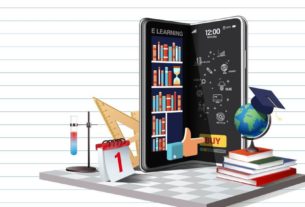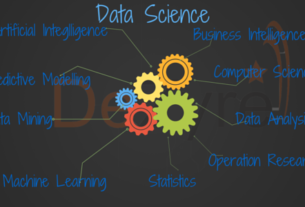
Exploring the Impact of Educational Technology Leadership
How do you think educational technology leadership has affected the education system? Is it a good thing? What are some of the issues to be aware of, like an example of educational technology leadership? Technology can automate a large portion of management, giving leaders more time to lead. That is crucial. Leaders need help accurately anticipating changes in the business environment and making their firms much more agile as digitization disrupts at an ever-increasing rate. Today’s leaders must use digital tools and resources to forge new paths, spur innovation, and succeed. Because it enables leaders to utilize the immense potential of digital technology to accomplish their objectives, digital leadership is essential.
Human agency
The concept of human agency is a multi-layered notion. We can list self-reflection, self-motivation, forethought, and many other feats among its many subagencies.
Self-reflection involves thinking about one’s values, past behaviors, and possible future actions. This could include crafting a mission statement or constructing a life book. It could also entail making a wish list of dreams or imagining oneself in the future.
Forethought is the act of considering one’s future to make better decisions. In education, this can mean planning a course of study, choosing a career, or deciding when to leave school.
The HABIT model is an excellent tool for addressing these questions. Using this approach, students can identify the logical and practical choices that will maximize their learning experience.
While the HABIT model may be best used in a classroom setting, online learners can intentionally influence their own behavior. As a result, instructors have an essential role in helping students develop this vital skill.
Improved engagement in learning
Increasing the use of educational technology in the classroom can increase student engagement. However, implementing this change can be difficult. Teachers may need to be more familiar with the technology or be unsure how to implement it. Technology can also be a distraction. When executed correctly, it can increase student engagement and boost academic performance.
Technology allows students to participate in collaborative activities. Students can ask questions, share ideas, and support each other in solving problems. It can also enable teachers to engage students during lessons.
Using technological devices to teach complex concepts can also boost learner engagement. For example, electronic whiteboards can facilitate differentiated instruction. Similarly, games can be used to encourage learners to practice.
Many countries have experienced an expansion in the number of learners enrolled in school. Moreover, most developing countries have also made education more affordable. Despite these advancements, many learners still perform below grade-based curricular expectations.
The advent of ICTs has offered students various opportunities to explore media and technology. This has reshaped the way education is taught.
Legal aspects
Educational technology leadership is a strategy that supports integrating educational technology in schools. It is a holistic approach that enhances the efficiency of school principals’ planning and management and increases the awareness of resources needed for classroom technology.
School administrators need to understand legal issues that affect students and teachers. They also need to address organizational systems, liability, and the safety of the learning environment. The school law covers bullying, harassment, student rights, curriculum standards, and religion.
Schools need to develop a clear vision for technology integration. Teachers must be equipped with the technical knowledge to integrate classroom technology into their teaching practices. As a result, implementing technology in a school is associated with improved student outcomes. However, most educators lack ICT competency.
In addition, legal issues arise when instructional technology is used without permission. In such cases, teachers can be sued for taking material from the Internet without consent. Also, lawsuits can occur when the content of instructional material is deemed discriminatory.








